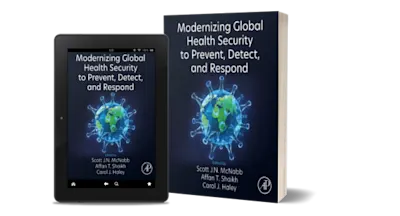LIMITED OFFER
Save 50% on book bundles
Immediately download your ebook while waiting for your print delivery. No promo code needed.

This book provides the first detailed exploration of overlapping scientific problems in physical chemistry within the domains of combustion and atmospheric chemistry. The… Read more
LIMITED OFFER
Immediately download your ebook while waiting for your print delivery. No promo code needed.

BR
Brandon Rotavera is an Associate Professor at the University of Georgia, USA with joint appointments in the Department of Chemistry and the College of Engineering. Prior to arriving at the University of Georgia in 2016, Dr. Rotavera held a Postdoctoral Appointee position at the Combustion Research Facility of Sandia National Laboratories, USA after completing a Ph.D. in Interdisciplinary Engineering from Texas A&M University, USA in 2012, focusing on Physical Chemistry and Mechanical Engineering. Dr. Rotavera is a recipient of the NSF CAREER award, the Irvin Glassman Early Career Award (Combustion Institute), and the Fred C. Davison Early Career Scholar Award (University of Georgia). Dr. Rotavera leads a research group at the University of Georgia focused on fundamental studies of gas-phase chemical kinetics related to combustion and atmospheric science, with emphasis placed on oxidation mechanisms of advanced biofuels and atmospheric pollutant formation, using combined experimental and computational methodologies.
He serves on the editorial board of the Journal of Molecular Spectroscopy and is a member of the Technical Committee on Measurements of Energy and Related Quantities within the International Measurement Confederation, as well as an executive board member of the Eastern States Section of the Combustion Institute, co-organizer of the International Workshop on Flame Chemistry, and a member of the Scientific Advisory Group for the UV/Vis+ Photochemistry Database.